Inverters
-
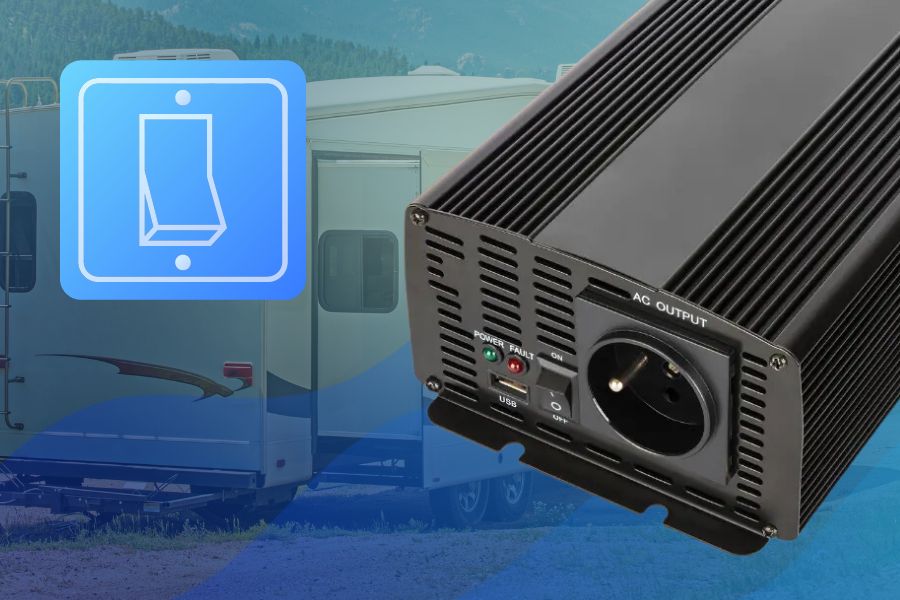
Should an RV Inverter Be Left on When Plugged In?
Generally, RV inverters should be turned off when not in use to avoid unnecessary battery drain. However, whether an RV inverter should be left on or off when plugged in depends on several factors, primarily the type of inverter and the manufacturer’s recommendations. In this comprehensive guide, we’ll look in-depth at how RV inverters work,…
-

Micro Inverter vs String Inverter: Which Is Better for Your Solar System?
In the ever-evolving landscape of solar energy, choosing between micro inverter vs string inverter has become a pivotal decision for residential and commercial solar installations. Microinverters and string inverters are different technologies for converting the DC power generated by solar panels into usable AC power for your home. But which one is better for your…
-
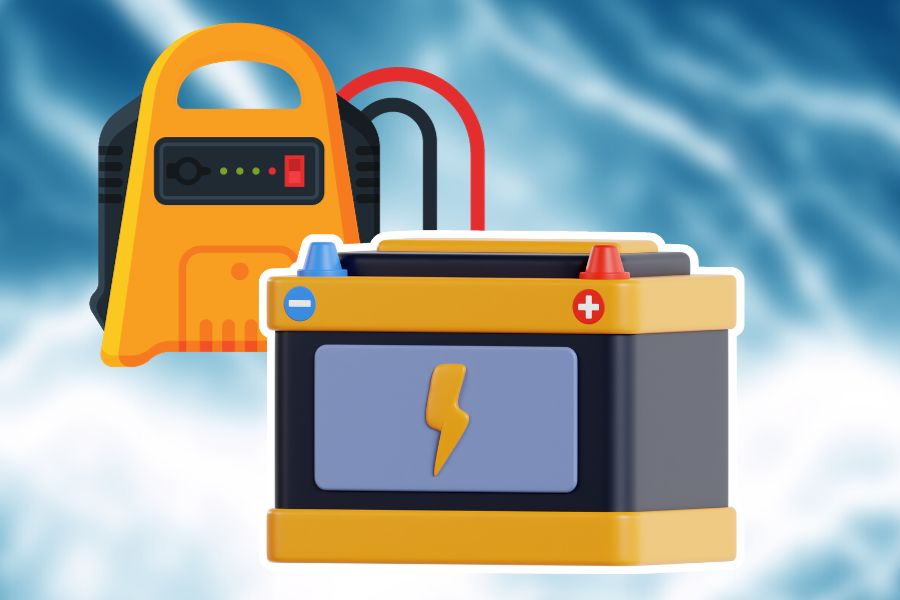
How to Check Inverter Is Charging Battery
You can check if your inverter is properly charging the battery using a few simple methods. Observing the inverter’s status lights, measuring battery voltage with a multimeter, and performing a load test are straightforward ways to confirm charging status. In this article, we will follow step-by-step instructions for checking whether your inverter is charging your…
-

How to Reset Inverter Overload
When your inverter is overloaded, it can lead to an unmistakable and often annoying beeping sound. It involves steps to reset inverter overload to ensure the device returns to normal operation and avoids potential damage. Depending on the inverter model, this can involve using a reset button or manually power cycling the device. This guide…
-

Why Is My Inverter Beeping
The beeping is a way for the inverter to alert you to a problem that needs attention, whether a pure sine wave or a modified sine wave inverter. It can be due to a low battery, an overload condition, a loose connection, or other issues. This guide will discuss the six most common triggers of…
-
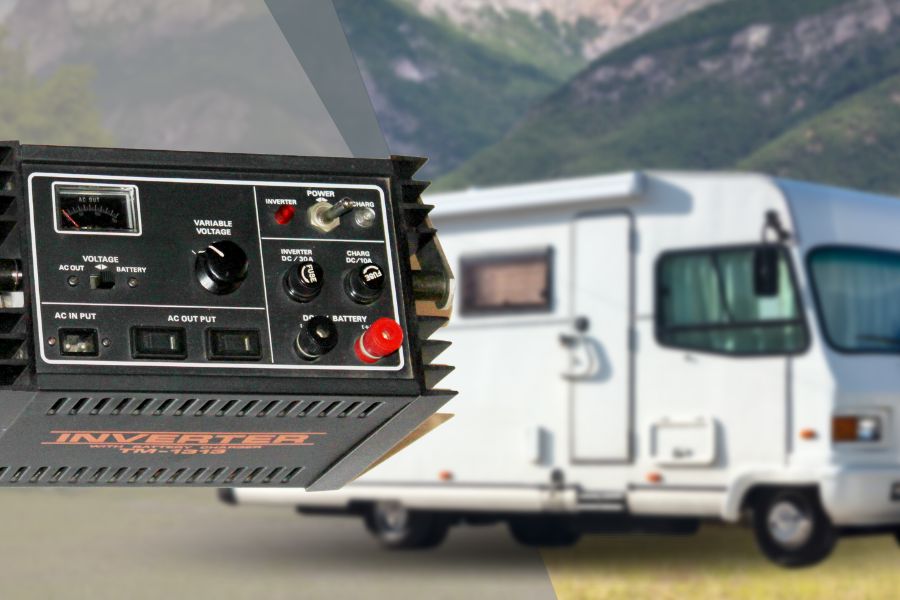
How to Ground an Inverter in an RV
You can ground an RV inverter using the appropriate gauge wire by securely attaching it to the RV chassis. This connection to the RV frame acts as a protective measure against stray currents, ensuring safety and optimal electrical performance. In this article, we will guide you through the details of this process, ensuring your inverter…
-
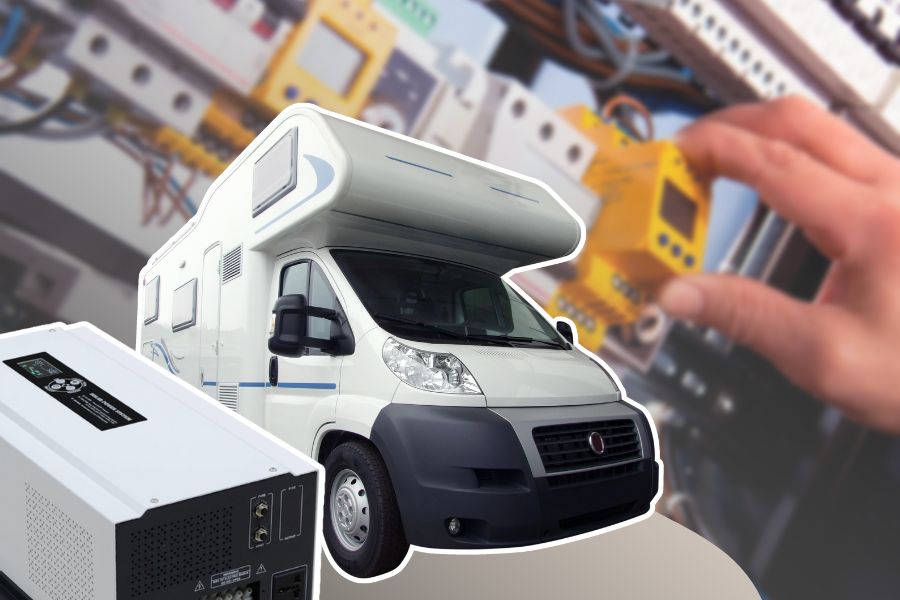
How to Wire Inverter To RV Breaker Box
Knowing how to wire an inverter to an RV breaker box allows for efficient electrical power utilization when camping or traveling in an RV. Wiring a power inverter to your RV’s breaker box involves creating a connection between your battery bank, inverter, and RV’s breaker panel, often using changeover switches. These switches enable seamless transition…
-

10 Best Pure Sine Wave Inverters in 2023
The best pure sine wave inverters are the ones that can keep multiple sensitive electronics charged while protecting them from harm. Other important characteristics of the ideal pure sine inverter are solid warranties. If something goes wrong with the device, size, and weight, that won’t be too cumbersome for the intended use and comes with…
-

Pure Sine Wave Inverter vs. Modified Sine Wave Models
The main difference between pure sine wave inverter vs. modified sine models is that the pure sine wave inverter outputs closely resemble AC mains power and are suitable for all applications. A modified sine wave model is choppy, less stable, and only suitable for more robust devices. The power from any 120-volt AC mains outlet…
-
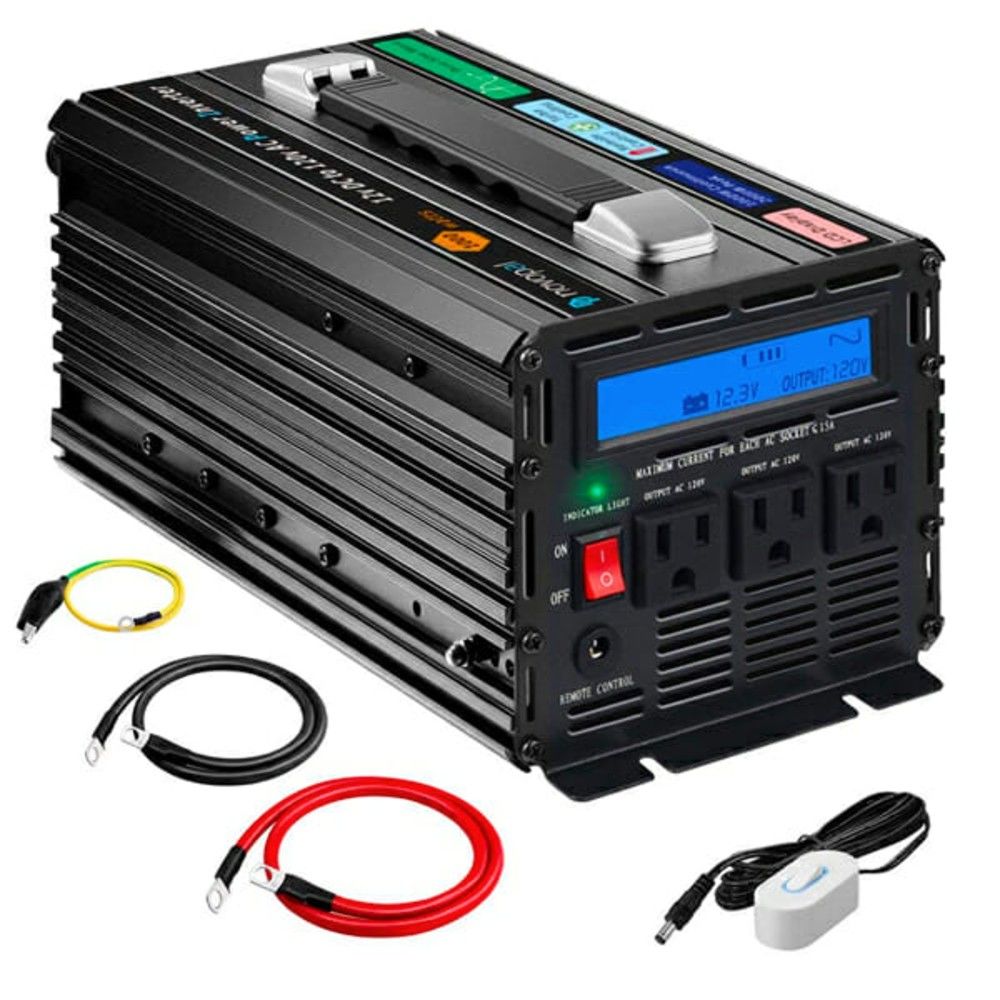
How to Install a Power Inverter in a Camper
Being able to power a 110v coffee machine in the morning without starting a noisy generator is a great comfort. However, you’ll need an inverter to convert electricity from a 12-volt battery system to 110-volt to enjoy this amenity. Inverter installation is a simple DIY task, but you shouldn’t take anything involving electricity lightly. That’s…










